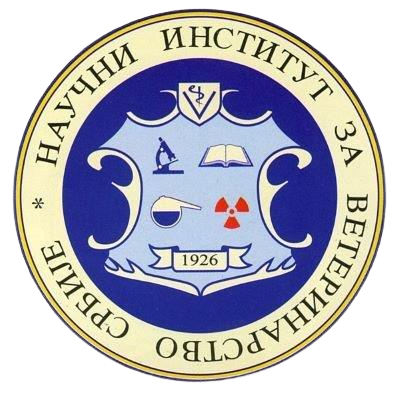Приказ основних података о документу
Beekeeping and plant protection
Pčelarenje i zaštita bilja
| dc.creator | Tasic, Aleksandra | |
| dc.creator | Pavlović, Ivan | |
| dc.creator | Simeunović, Sara | |
| dc.creator | Plavša, Nada | |
| dc.creator | Tasić Dimitrov, Marija | |
| dc.date.accessioned | 2024-05-16T11:40:29Z | |
| dc.date.available | 2024-05-16T11:40:29Z | |
| dc.date.issued | 2023 | |
| dc.identifier.isbn | 978-86-82280-03-3 | |
| dc.identifier.uri | https://reponivs.nivs.rs/handle/123456789/1004 | |
| dc.description.abstract | Pesticides used for crop protection can have an indirect effect on target and non-target organisms and are considered to be one of the main causes of insect decline.Insects may come into touch with polluted surfaces, products, or eating or drinking from contaminated sources.Pesticide residues collected over bee plants thus they accumulate in the larvae and inside the hive. Also, the consequence of the accumulation of pesticides in bees can be their presence in bee products. Bee exposure pesticide residues can have similar long-term effects on their cognitive capacities, their behavior and fitness. Bee poisoning is often associated with exposure to pesticides. Bees can be exposed to toxic compounds through contaminated flowers, direct contact with the poison or contact with residues. Dusting crops during the flowering period can increase the risk of pesticide poisoning for bees. Rapeseed plants are very attractive to beneficial insects, especially honey bees (Apis mellifera L.). | sr |
| dc.description.abstract | Pesticidi koji se koriste za zaštitu useva mogu imati indirektan uticaj na ciljne i neciljne organizme i smatraju se jednim od glavnih uzroka opadanja broja insekata.Insekti mogu doći u dodir sa zagađenim površinama, proizvodima ili jesti ili piti iz kontaminiranih izvora.Ostaci pesticida se sakupljaju preko pčelinjih biljaka i tako se akumuliraju u larvama i unutar košnice. Takođe, posledica akomulacije pesticida u pčelama može biti prisustvo i u pčelinjim proizvodima. Izloženost pčela ostacima pesticida može imati slične dugoročne efekte na njihov kognitivni kapaciteti, njihovo ponašanje i kondiciju. Trovanje pčela je često povezano sa izlaganjem pesticidima. Pčele mogu biti izložene toksičnim jedinjenjima kroz kontaminirano cveće, direktan kontakt sa otrovom ili kontakt sa ostacima. Zaprašivanje useva tokom perioda cvetanja može povećati rizik od trovanja pesticidima za pčela. Biljke uljane repice su veoma privlačne za korisne insekte, posebno za medonosne pčele (Apis mellifera L.). | sr |
| dc.language.iso | sr | sr |
| dc.language.iso | en | sr |
| dc.publisher | Beograd : Akademija pčelarstva i apiterapije Srbije | sr |
| dc.relation | info:eu-repo/grantAgreement/MESTD/inst-2020/200030/RS// | sr |
| dc.rights | openAccess | sr |
| dc.source | 3. International symposium on beekeeping, agriculture, apitherapy and nutrition - sustainable agriculture for a healthy future : 3. Međunarodni simpozijum o pčelarstvu, poljoprivredi, apiterapija i nutricionizmu - održiva poljoprivreda za zdravu budućnost | sr |
| dc.subject | honey | sr |
| dc.subject | pollutants | sr |
| dc.subject | environment | sr |
| dc.subject | beekeeping | sr |
| dc.subject | med | sr |
| dc.subject | zagađivači | sr |
| dc.subject | životna sredina | sr |
| dc.subject | pčelarstvo | sr |
| dc.title | Beekeeping and plant protection | sr |
| dc.title | Pčelarenje i zaštita bilja | sr |
| dc.type | conferenceObject | sr |
| dc.rights.license | ARR | sr |
| dc.citation.epage | 17 | |
| dc.citation.spage | 14 | |
| dc.identifier.fulltext | http://reponivs.nivs.rs/bitstream/id/2730/bitstream_2730.pdf | |
| dc.type.version | publishedVersion | sr |

